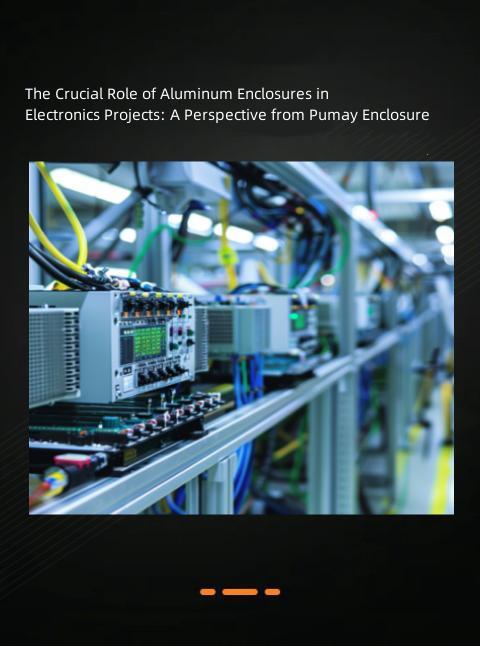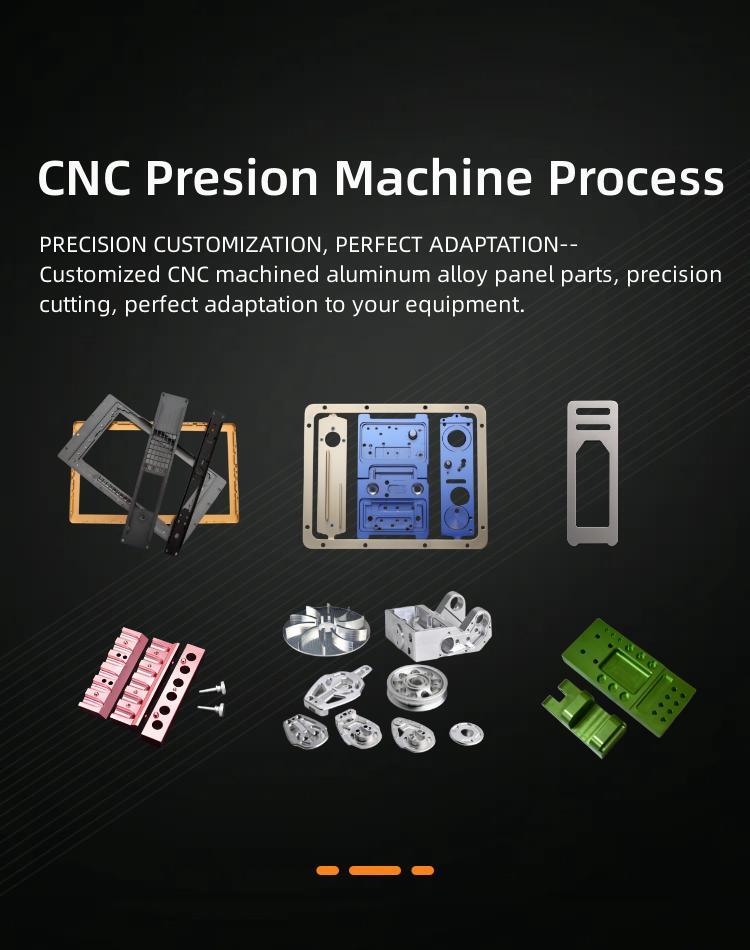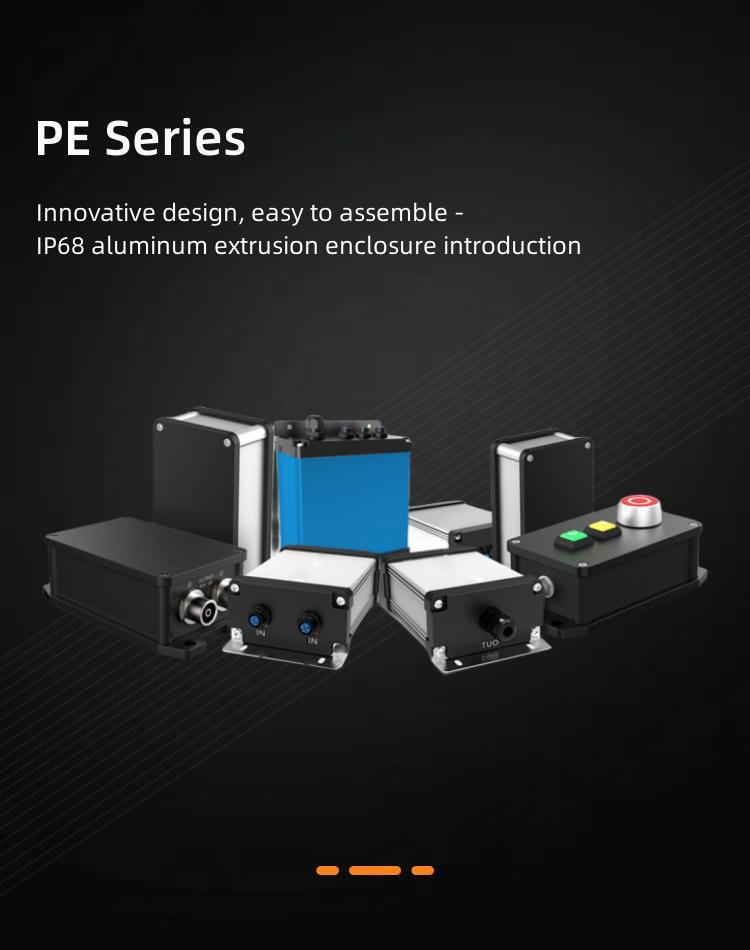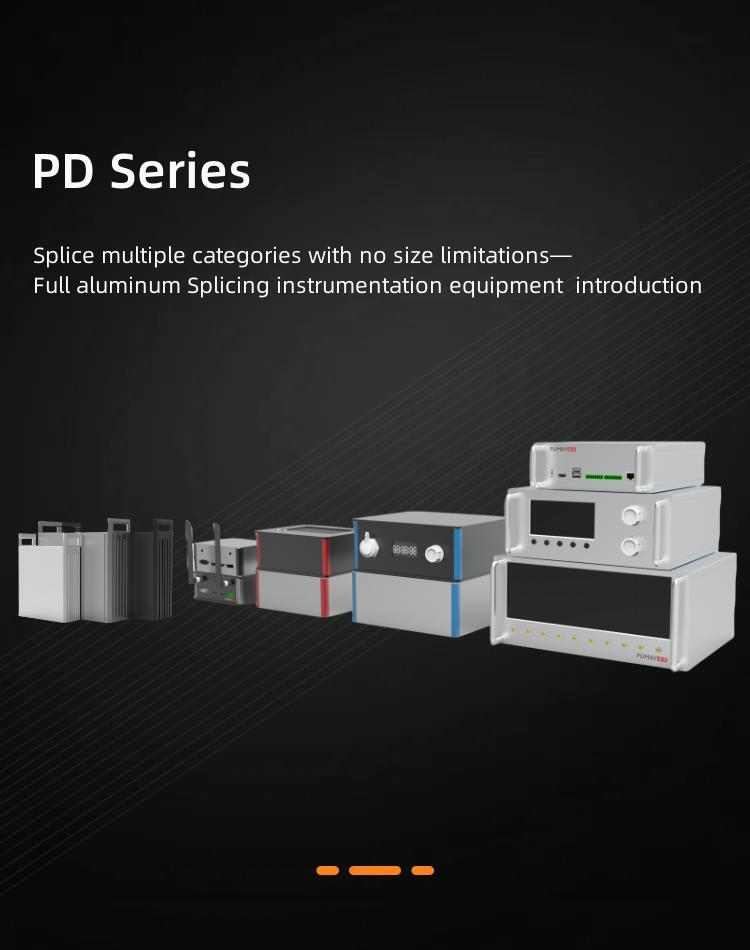removable structure is the waterproof shell is designed in the form of removable, convenient for users to install or remove the waterproof shell as needed. This structure is suitable for frequent replacement or infrequent use of the waterproof shell of the scene.
The structure of the waterproof housing generally consists of the enclosure, sealing ring, button membrane, and other parts. The housing is usually made of durable materials such as plastic and metal to protect the device from external objects. Seals, on the other hand, are used to form a seal at the joints or openings of the housing to prevent moisture from seeping in. Button membranes, on the other hand, connect the buttons on the device to the outside of the waterproof housing, and the membrane is designed to enable key operation.
It should be noted that different types of waterproof shell structure design will have different waterproof performance and the use of precautions, The user in the selection and use should be based on the actual needs and environment to choose. At the same time, the structural design of the waterproof shell also needs to undergo rigorous testing and verification to ensure the reliability of its waterproof function.
A detailed description of the waterproof case levels and how they are tested
The waterproofing level of a waterproof case is usually indicated by the IP (Ingress Protection) standard, which defines how well a device protects against solid objects and liquids.The IP standard consists of two numbers, the first number indicating the level of protection against solid objects and the second number indicating the level of protection against liquids.
The following are common waterproof housing levels and test methods:
1. IPX0: No protection. This level indicates that the device has no protection against solids and liquids and is not suitable for waterproof requirements.
2、IPX1: Drip-proof. The device is subjected to dripping water in a vertical direction when it is placed vertically, and there will be no harmful effects inside the housing. The test method is to place the device on a platform with an inclination angle of 15°, and the drip amount is 10mm/min for 10 minutes.
3. IPX2: Rainproof. The equipment is tilted at 15° and subjected to rainwater in the direction of the tilt, there will be no harmful effects in the housing. The test method is similar to IPX1, and the drip amount is 30mm/min for 4 hours.
4、IPX3: Anti-Spray Rain. Equipment in any direction by 60 ° range of spray rain, there will be no harmful effects within the shell. The test method is to set up a nozzle on one side of the device, spraying at a flow rate of 10L/min, with a spraying distance of 3 meters for 5 minutes.
5. IPX4: Splash water protection. Equipment in any direction by the splash water, there will be no harmful effects in the shell. The test method is similar to IPX3, but the spray distance is 2.5 meters.
6, IPX5: waterproof spray. The device is subjected to a strong jet of water in any direction, there will be no harmful effects inside the shell. The test method is to set up a nozzle on one side of the device to spray at a flow rate of 12.5L/min, with a spray distance of 3 meters for 3 minutes.
7、IPX6:Anti-strong water spray. Equipment in any direction by a very strong jet of water, the shell will not have a harmful effect. The test method is similar to IPX5, but the spray distance is 3 meters, lasts 3 minutes.
The above are common waterproof enclosure levels and test methods, different levels of the waterproof shell can be selected according to the actual needs. It should be noted that these test methods are only applicable to common waterproof shells, for special requirements of waterproof shells, more stringent or specific test methods may be required.
Waterproof enclosure has the following characteristics:
1, Waterproof performance: The main feature of the waterproof shell is that it can effectively prevent water from penetrating into the interior of the device and protect the device from water. Can be used underwater or in the rain to ensure the normal operation of the equipment.
2, Durability: A waterproof shell is usually made of durable materials, such as high-strength plastics, metal, etc., can withstand external impact and friction, to protect the equipment from damage.
3, precise fit: The waterproof case will be designed according to the size and shape of the device to ensure that the device is completely wrapped, and accurately adapted to the device's buttons, interfaces and other parts of the device, does not affect the normal operation of the device and the use of functionality.
4, Easy to carry: Waterproof case is usually designed for lightweight, compact shape, easy to carry and use. Some waterproof cases are also equipped with buckles, lanyards and other devices to facilitate the user to hang on the body or fix on other items.
5, Multi-functional design: Some waterproof case also has other features, such as shockproof, dustproof, cold, etc., which can provide comprehensive protection in harsh environments.
6, transparent design: a waterproof case is usually made of transparent shell material, which can maintain the normal use of the device's display, camera, and other parts of the device, without affecting the use of experience.
It should be noted that different brands and models of waterproof cases may have different features and functions, Users should carefully understand the product description and instructions before purchasing, choosing the waterproof case suitable for their own equipment and needs.

 The Crucial Role of Aluminum Enclosures in Electronics Projects: A Perspective from Pumay Enclosure
The Crucial Role of Aluminum Enclosures in Electronics Projects: A Perspective from Pumay Enclosure
 Intelligent Aluminum Processing, Efficient Production, Unlimited Creation! -ALuminum CNC Machine Process
Intelligent Aluminum Processing, Efficient Production, Unlimited Creation! -ALuminum CNC Machine Process
 Dive into Excellence with IP68 Aluminum Profile Waterproof Enclosure
Dive into Excellence with IP68 Aluminum Profile Waterproof Enclosure
 Equipment housings, not just appearance! Assembled Aluminum Profile Instrument and Equipment Enclosures
Equipment housings, not just appearance! Assembled Aluminum Profile Instrument and Equipment Enclosures